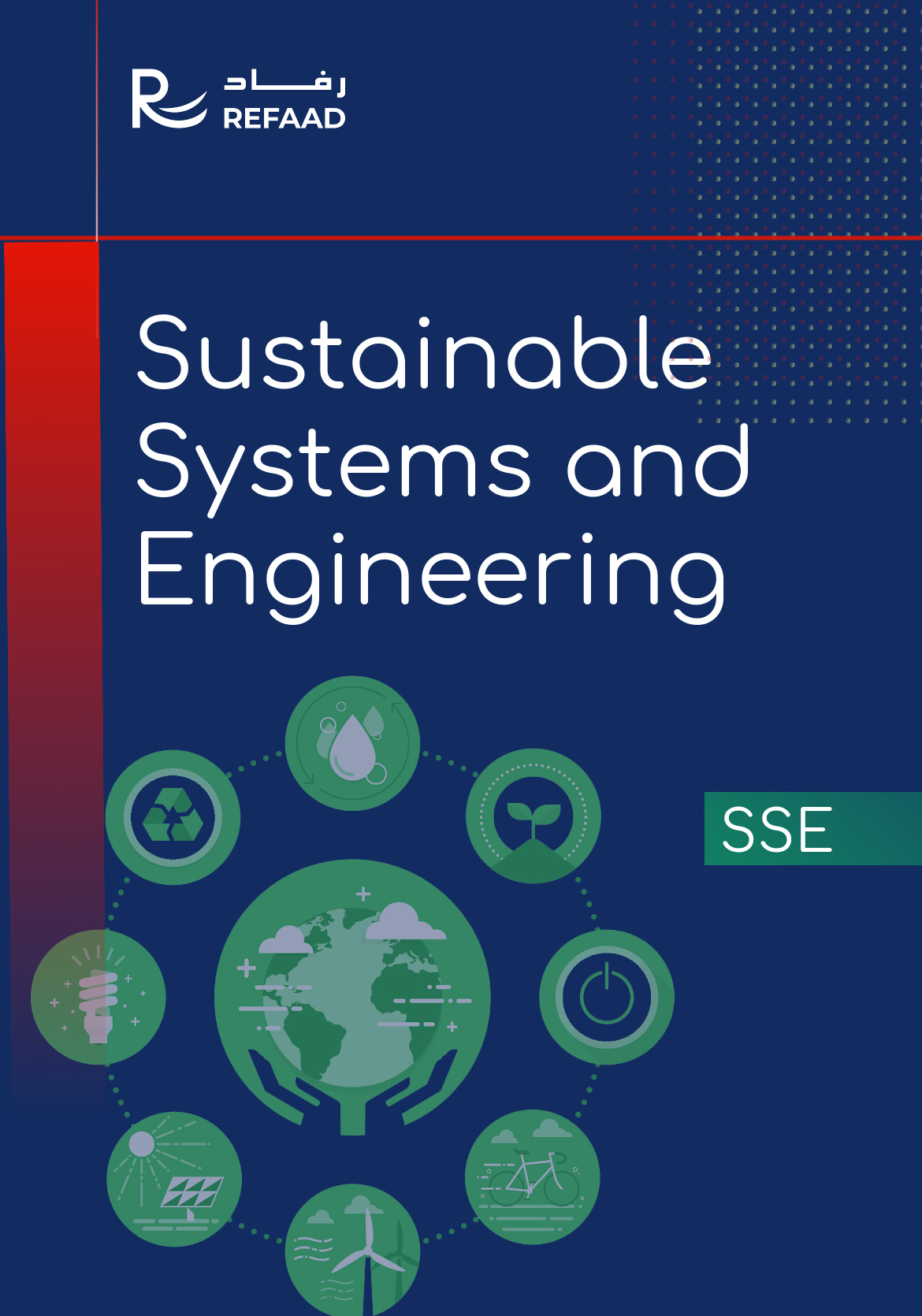First: Submission of the manuscript
-
Manuscripts along with annexes thereto are sent to the journal via journal online submission or via journal email (editorsse@refaad.com).
-
The author shall be notified about the receipt of the article.
Second: Review Process
Preliminary Examination:
-
The editorial board shall examine the manuscript to determine whether it is in compliance with the formal publishing rules and whether it is eligible for the review process.
-
In the preliminary examination, the editorial board applies rules such as: suitability of the subject for the journal; type pf paper (research paper or otherwise); language accuracy, documentation relevance (according to rules approved by the journal); observance of the ethics of scientific publishing; absence of any reference in the manuscript and bibliography / reference list and any other formal publishing rules declared by the journal.
- The author shall be notified upon receipt of the manuscript and the result of the Preliminary examination.
- The journal may add a phase labeled “completing and improving the research” in the event that the journal decides that the manuscript is promising however, it is in need on improvements prior to entering the review process. In such a phase, the journal shall provide the author with guidance and recommendations that would lead him onto the path of such improvement that will assist in ensuring the “eligibility” of the manuscript for the review process.
Review:
-
Every manuscript shall be subject to a double-blind review performed by peers.
-
The editorial board shall inform the author of its decisions, a summary of the remarks, required amendments if needed. This is accompanied by the reviewers’ reports of summaries.
Introducing Modifications:
-
The author shall make the necessary modifications to the manuscript based on the results of the review process and shall resend it to the journal showing the modifications in “track changes”, The author shall indicate in a separate file that accompanies the modified manuscript his responses to all the points raised in the editorial board’s letter and the reports submitted by the reviewers.
Acceptance and Rejection:
-
The journal shall reserve the right to accept or reject the manuscript based on the author’s adherence to the publication requirements and the requirements of the journal’s editorial board.
-
If the reviewers reports that the author has not made the required amendments, the author is given a last chance to make them, otherwise his manuscript will be rejected and it will not be published in the journal and publication fees will not be refunded.
Third: Format Rules
To Download the Journal Template Click Here
Topic relevance:
The topic of the manuscript shall fall within the academic focus of the journal (as reported by the journal).
Manuscript’s Title:
should state the subject of the manuscript clearly. It should not contain abbreviations and formulae.
Authors Names and Affiliations:
Affiliations of all authors should be provided. The corresponding author should also provide a full postal address, telephone number, and email address.
Abstract:
All manuscripts must include Abstract in English (with identical information) of 150 to 250 words. Abstracts should be containing the subheadings: objectives, methods, results, and conclusions of the study. The abstract should be written in such a way that, the readers feel to read the entire manuscript, and should Provide 3–5 keywords representing the main content of the manuscript.
Introduction:
Introduction should state the aims of the work and provide an adequate background, avoiding a detailed literature survey or a summary of the results.
Tables and Figures
Tables: Ensure that the data presented in tables does not duplicate results described elsewhere in the article. Tables must be numbered in same order as they appear within the text (i.e., Table (1), Table (2), Table (3),…). Place footnotes to tables below the table body and indicate them with superscript lowercase letters. If using a grid for tables, use only one grid for each table and not a grid for each row. If no grid is used, use tabs, not spaces, to align columns. In addition, tables can be either included at the end of the main text or supplied as separate files.
Figures: Each figure should be submitted as a separate file. Please make sure that figure files are in an acceptable format (TIFF or EPS) and in high resolution (300 dpi). In addition, figure captions should be included with the main text and not in figure files. Keep text in the illustrations themselves to a minimum and explain all symbols and abbreviations used in the caption. Figures must be numbered in same order as they appear within the text (i.e., Figure (1), Figure (2), Figure (3),…).
Main results:
Results should be clear and concise. They should follow a logical flow for the experiments, which could not be in the same order as they were performed. They should also include all relevant data needed to support the results.
Reference:
The Author arranges alphabetically the references alphabetically according to the APA system and there are no strict requirements concerning the number of references. Please ensure that every reference cited in the text is also present in the reference list and vice versa. Any reference cited in the abstract must be given in full. Unpublished results and personal communications should not be involved in the reference list, but may be cited in the text. Citation of a reference as “in press” signify that the item has been accepted for publication. Please provide copies of any crucial “in press” papers for reviewing purposes.
Size:
Authors are encouraged to write concisely. As a guide, regular articles should be at most 30 pages.
*** To Download the Copyright Form Click Here

